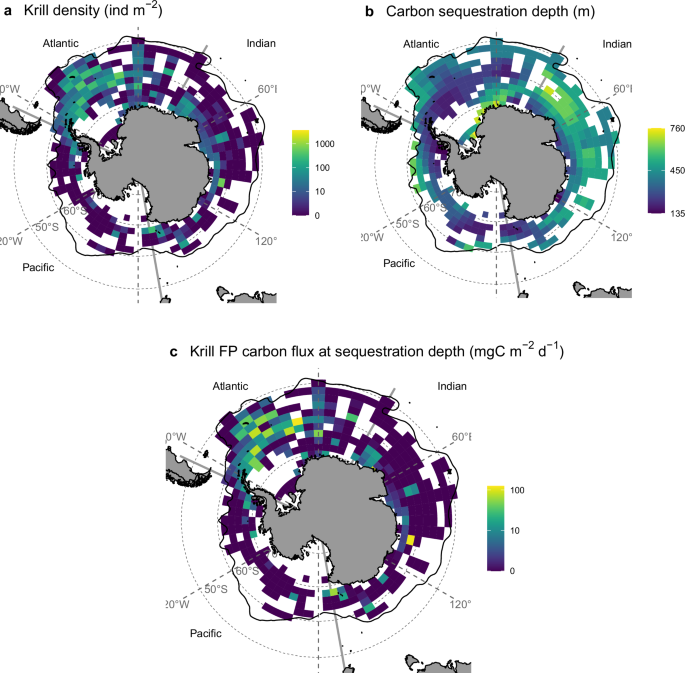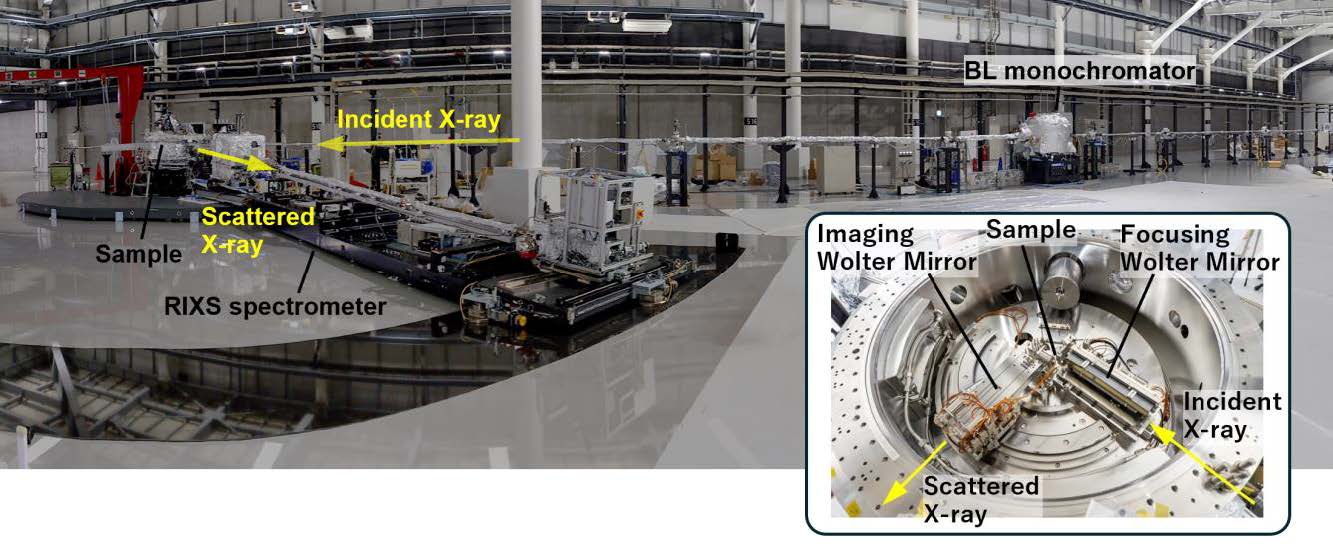2024-09-17 インペリアル・カレッジ・ロンドン(ICL)
<関連情報>
- https://www.imperial.ac.uk/news/256274/antarctic-krill-lock-away-similar-levels/
- https://www.nature.com/articles/s41467-024-52135-6
南極のオキアミは沿岸の主要なブルーカーボン生息地と同量の炭素を隔離する Antarctic krill sequester similar amounts of carbon to key coastal blue carbon habitats
E. L. Cavan,N. Mackay,S. L. Hill,A. Atkinson,A. Belcher & A. Visser
Nature Communications Published:08 September 2024
DOI:https://doi.org/10.1038/s41467-024-52135-6

Abstract
The carbon sequestration potential of open-ocean pelagic ecosystems is vastly under-reported compared to coastal vegetation ‘blue carbon’ systems. Here we show that just a single pelagic harvested species, Antarctic krill, sequesters a similar amount of carbon through its sinking faecal pellets as marshes, mangroves and seagrass. Due to their massive population biomass, fast-sinking faecal pellets and the modest depths that pellets need to reach to achieve sequestration (mean is 381 m), Antarctic krill faecal pellets sequester 20 MtC per productive season (spring to early Autumn). This is equates USD$ 4 − 46 billion depending on the price of carbon, with krill pellet carbon stored for at least 100 years and with some reaching as far as the North Pacific. Antarctic krill are being impacted by rapid polar climate change and an expanding fishery, thus krill populations and their habitat warrant protection to preserve this valuable carbon sink.



